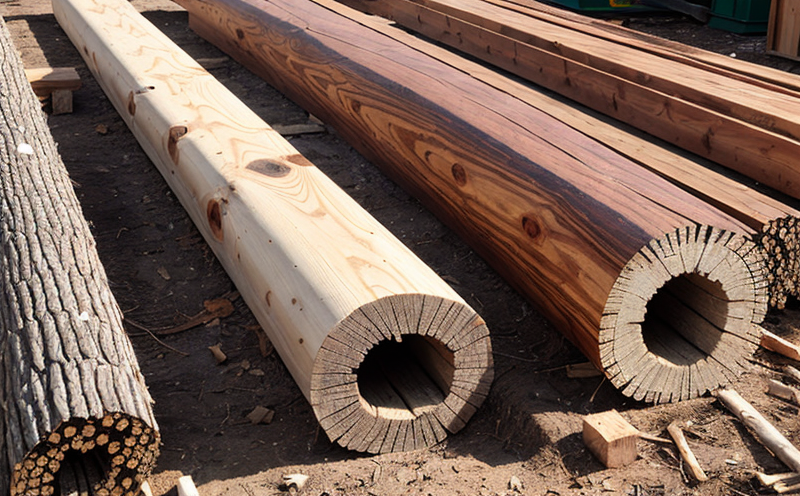Biological Efficacy Testing of Wood Preservatives (EN 113)
The Biological Efficacy Test according to EN 113 is a pivotal procedure in ensuring the durability and longevity of wood products used in various sectors such as construction, furniture manufacturing, and outdoor structures. This test evaluates the effectiveness of wood preservatives against microorganisms that can cause decay or deterioration.
Wood preservation involves treating wood with chemicals to protect it from fungi, insects, and other biological agents. The goal is to extend the service life of wooden components by creating a barrier between the wood and its natural enemies in the environment. This test is critical because it helps manufacturers and designers select appropriate preservatives that meet both performance standards and regulatory requirements.
EN 113 specifies a standardized method for assessing the biological efficacy of wood preservatives applied to surface-applied wood. The procedure involves exposing treated samples to a defined inoculum of fungi or insects, followed by incubation under controlled conditions. After a specified period, the samples are visually inspected and tested for weight loss, fungal growth, insect infestation, and other relevant parameters.
The test is particularly important in regions where wood is frequently exposed to outdoor environments and susceptible to biological degradation. By adhering to this standard, manufacturers can ensure that their products maintain structural integrity and aesthetic appeal over extended periods, thereby enhancing the overall quality of construction projects and furniture designs.
- Surface Treatment: The test focuses on the effectiveness of preservatives applied directly to the wood surface.
- Inoculum Selection: The test uses specific fungi or insects as the inoculum, which are known for their ability to cause decay in wood.
- Incubation Period: Samples are incubated under controlled conditions to simulate real-world exposure.
- Evaluation Criteria: Parameters such as weight loss, fungal growth, and insect infestation are measured post-incubation.
The results of this test provide critical data for manufacturers to optimize their wood preservation strategies. It ensures that the selected preservatives offer sufficient protection against biological decay, thereby reducing maintenance costs and extending product life. This alignment with international standards enhances trust in the quality and reliability of treated wood products.
For industries reliant on wood as a primary construction material, such as agriculture and forestry, this test is indispensable for maintaining sustainable practices. By ensuring that the wood used in these sectors is adequately protected against biological degradation, EN 113 supports long-term environmental sustainability and economic efficiency.





